The Empowerment, Unity, and Traditions Behind Flor de Toloache’s Mariachi Fusion
The members of mariachi band Flor de Toloache are most definitely more than “Las Caras Lindas,” or “the pretty faces,” as their new album title translates in English.
With their passion, sharp lyrical content, and musical dexterity in full force, Las Caras Lindas is a more than fitting title for Flor de Toloache’s latest album (recorded with producer Felipe Fournier and released May 26 on Chulo Records). “We were really excited to finally record our second album that everyone’s been so eagerly waiting for,” Ramos said.
The record’s title comes from a hip hop-infused cover of “Las Caras Lindas (de mi Gente Negra)” featuring Puerto Rican DJ Velcro, and Afro-Cuban percussionist Pedrito Martinez. Originally written by late Puerto Rican musician Tite Curet Alonso and popularized by salsero Ismael Rivera, the song is regarded as an anthem of Afro-Latino empowerment.
Their sound also incorporates elements of country, cumbia, folk, jazz, and salsa. Such fluidity comes naturally to Fiol, “and to us as a band,” she said. “I come from a rock, soul, jazz and blues background, so it’s more comfortable for me to express myself in those genres; fusing it all with mariachi is exciting.”
Launched in New York City in 2008, Flor de Toloache was founded by singers Mireya Ramos (violin, occasional guitarrón) and Shae Fiol (vihuela, guitar). The group also features Eunice Aparicio (guitarrón), and Julie Acosta (trumpet). Other members who have recorded with Flor de Toloache are Luisa Bastidas and Sita Chay (both on violin); Domenica Fossati (flute and vocals); trumpeter Jackie Coleman, and Jacquelene Acevedo (cajón).
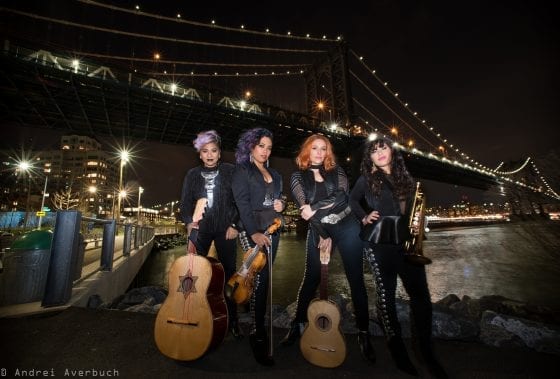
“New York has exposed us to so many different cultures and music, and we express that in our arrangements and compositions,” Ramos said in an email interview with the band. “It helps you to look out of the box. You’re inspired by the diversity and the innovative vibe in NYC.”
Following a critically-acclaimed self-titled debut and a Latin Grammy nomination, Flor de Toloache embarked on a year-long tour opening for The Arcs, led by Dan Auerbach of the Black Keys. Along with the Arcs, Flor de Toloache wowed audiences at Lollapalooza and Coachella, and appeared on The Late Show with Stephen Colbert. Flor de Toloache also contributed backing vocals on Chicano Batman’s March 2017 release, Freedom is Free.
“Fusing mariachi with other genres was always part of the vision when I came up with the idea of forming the group,” Ramos said, “but it also came to us very organically since the ladies in the band come from different musical backgrounds and have played all kinds of music. We have a lot of fun arranging covers and making them our own and composing new songs in where we get to experiment with the mariachi instruments with a different approach.”
Their songs move seamlessly from Spanish to English. “We chose to do some bilingual songs because it’s a reflection of the new generation of Latinos born in the US who grow up speaking Spanish or Spanglish,” said Ramos.
The members hail from all corners of the United States, with roots in a multitude of Latin American cultures. Ramos characterized mariachi as “a tradition that connects with all cultures. It’s surprising how a lot of Mexicans don’t know how big mariachi is around the world, even within Latin America and the Caribbean.”
Cultures around the world (including in the U.S.) have embraced mariachi music, a phenomenon that lies in contrast with the current Presidential administration’s points of hostility with its nation of origin.
The long, rich tradition of mariachi music functioning as a voice of national pride and political protest serves to counter that. In “Performing Nationalism: Mariachi, Media and the Transformation of a Tradition (1920-1942),” Donald A. Henriques, PhD, points out that the Mexican government bolstered Mariachi music as a symbol of Mexican cultural identity following the Mexican Revolution. Mariachi music also served as an unofficial soundtrack for the U.S. Chicano movement (or El Movimiento) in 1970s America. Recently Mariachi has been used as a means of protest against US cities and states that have vehemently opposed the notion of sanctuary cities; to speak out against gentrifying rent hikes that push Mexicans out of their homes; and as a way to command the attention of local politicians who were willfully ignoring Latino community members.
In light of today’s cultural and political climate, how might mariachi continue to function as protest music? “We protest by standing together as women from different ethnic and cultural backgrounds,” Fiol said proudly. “We speak of themes in our music of empowerment and loving yourself.”
Along with their fierce willingness to push boundaries, Flor de Toloache is firmly based in the musical traditions of Latin America in general, and Mariachi in particular. Las Caras Lindas features a tribute medley to late mariachi legend Juan Gabriel who, like Flor de Toloache, broke down barriers in the machismo world of mariachi by being one of the one of the only openly gay performers in Mexican popular culture. Ramos and trumpeter Acosta each sang the praises of the Mexican superstar, who died in 2016.
“Since we put together this tribute and performed it live (first at the Ravinia Festival outside of Chicago, opening for Los Tigres del Norte), everyone in the audience went crazy,” Ramos said. “One of the things that I learned from Juan Gabriel is passion. When you listen to his voice you know it’s genuine. I try to sing this way every time I sing.” Acosta described JuanGa (as he was also known) as “the ultimate package: an artist, a prolific lyricist and composer. He’s definitely someone to refer to when writing your own music.
Aside from a love for giants of the genre, another factor in creating an authentic Mariachi sound is the instruments. Fiol described the role of her vihuela as “harmony and percussion. It has five strings, re-entrant tuning on string 2/B and 1/E, but the same tuning as a guitar. It’s got all nylon strings and a rounded back to project the sound.” Fiol also noted that “my vihuela is from Candelas Guitars in East L.A.” The internationally renowned luthiers, whose work is so admired that they have one of their guitars on display at the Smithsonian, also made Flor de Toloache’s guitarrones.
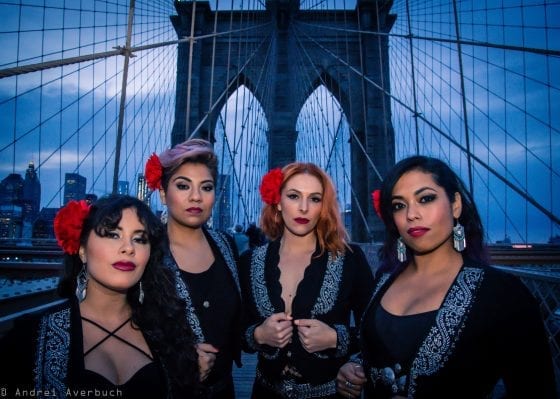
Two members of Flor de Toloache have guitarrón experience (Ramos and Aparicio), but Ramos is quick to point out which of the two brings out the best from the this rich, sonorous bass-like instrument.
“I play guitarrón, but not even close to Eunice,” Ramos said. “I had to learn because we didn’t have a bass player when we started the band. I fell in love with the deep sound. After hearing Eunice play and seeing all the melodic things you can do with it, I’m even more in love with this instrument.”
“When I started playing mariachi, guitarrón was not my choice,” Aparicio confessed. “But when I saw this instrument, I was intrigued—and not gonna lie, a little scared: the thing was huge! But as soon as my teacher showed me the basic technique and asked me to play my first note, I was in love! Ever since, we’ve been inseparable. There’s no comparing the guitarrón with anything else. It was specifically made for mariachi. The guitarrón is the heartbeat: it keeps the beat, and hopefully, the band together!”
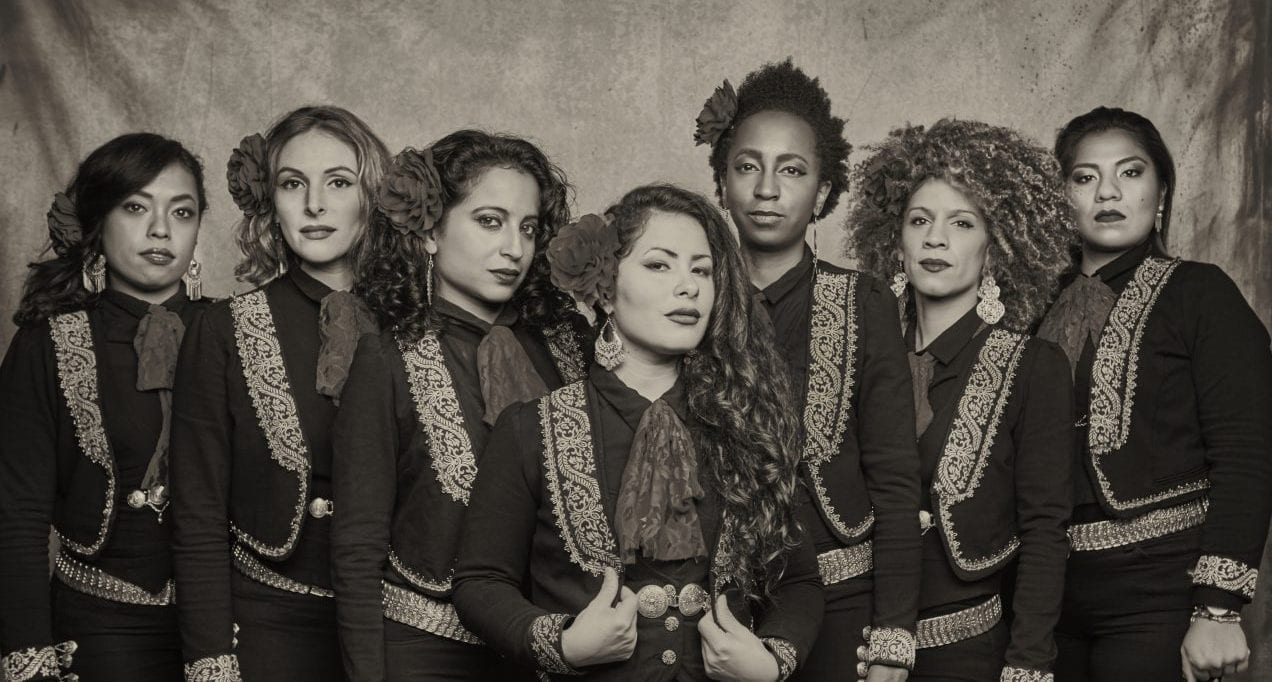


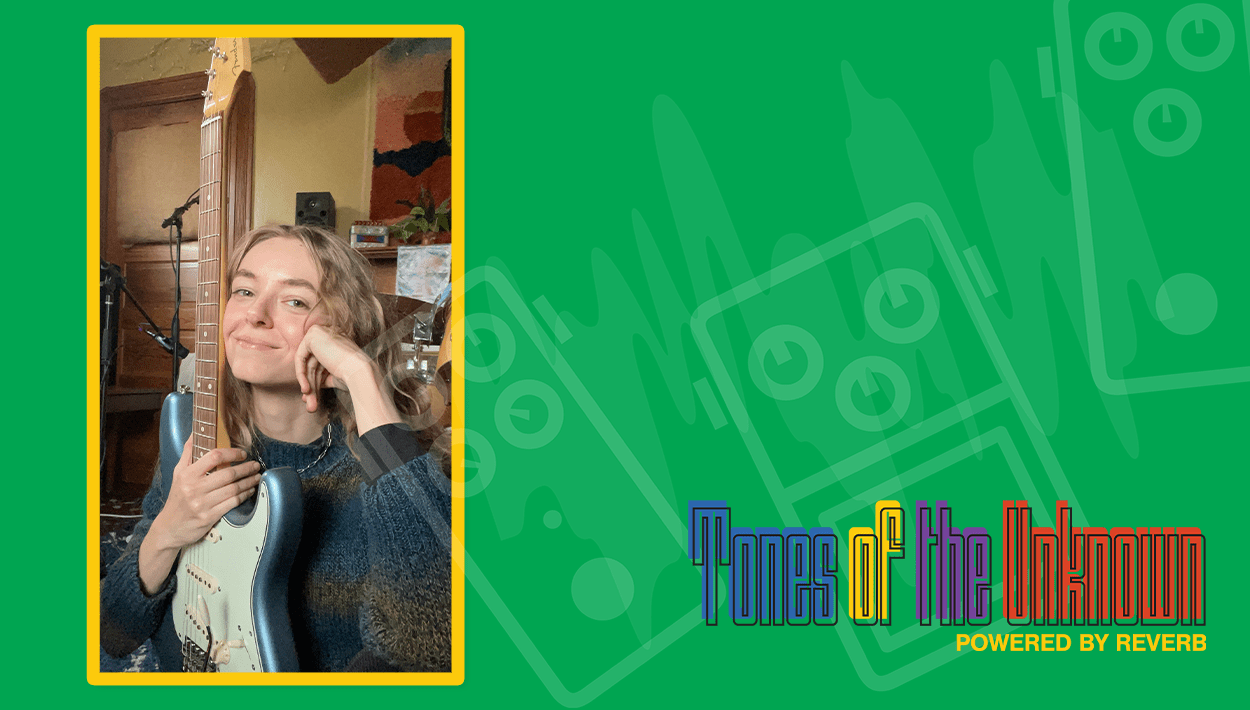
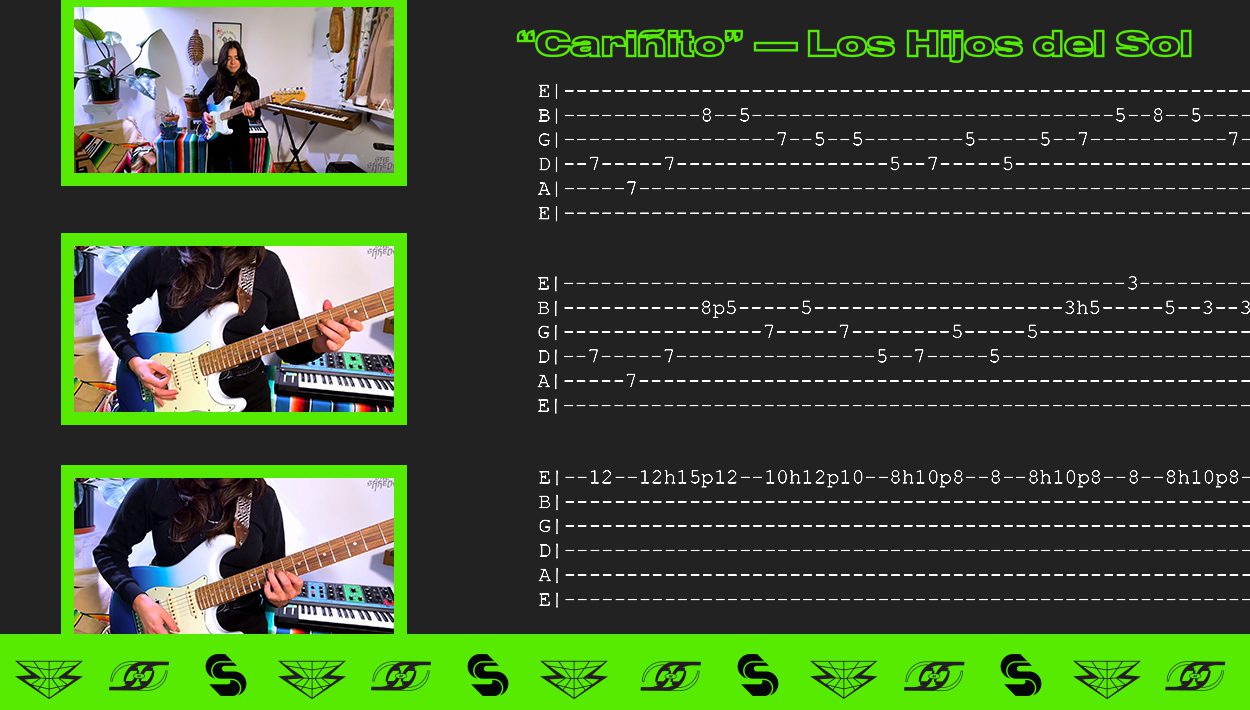


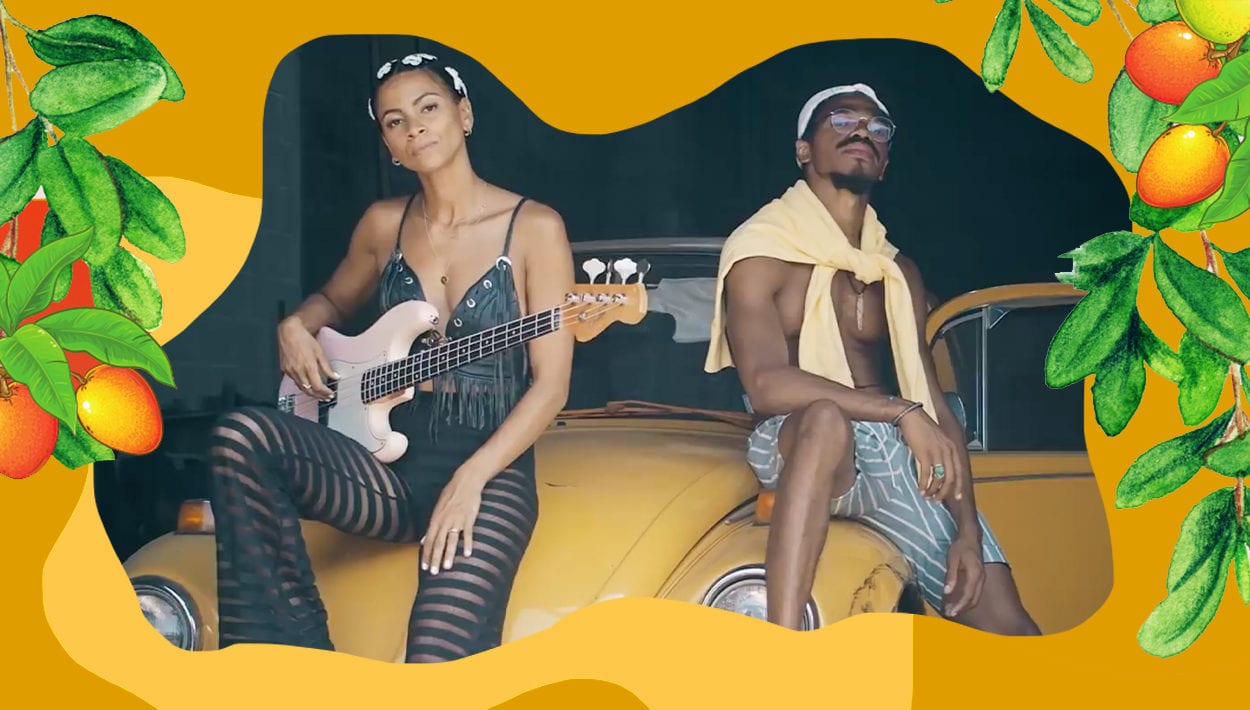
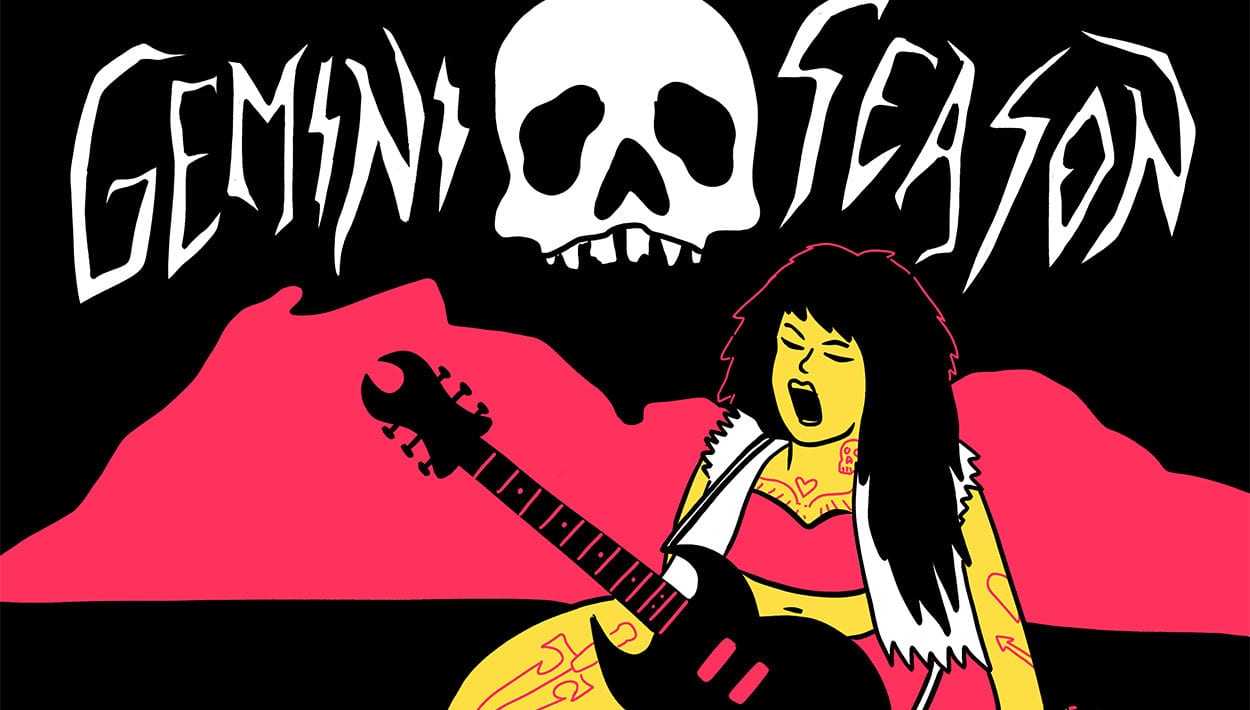

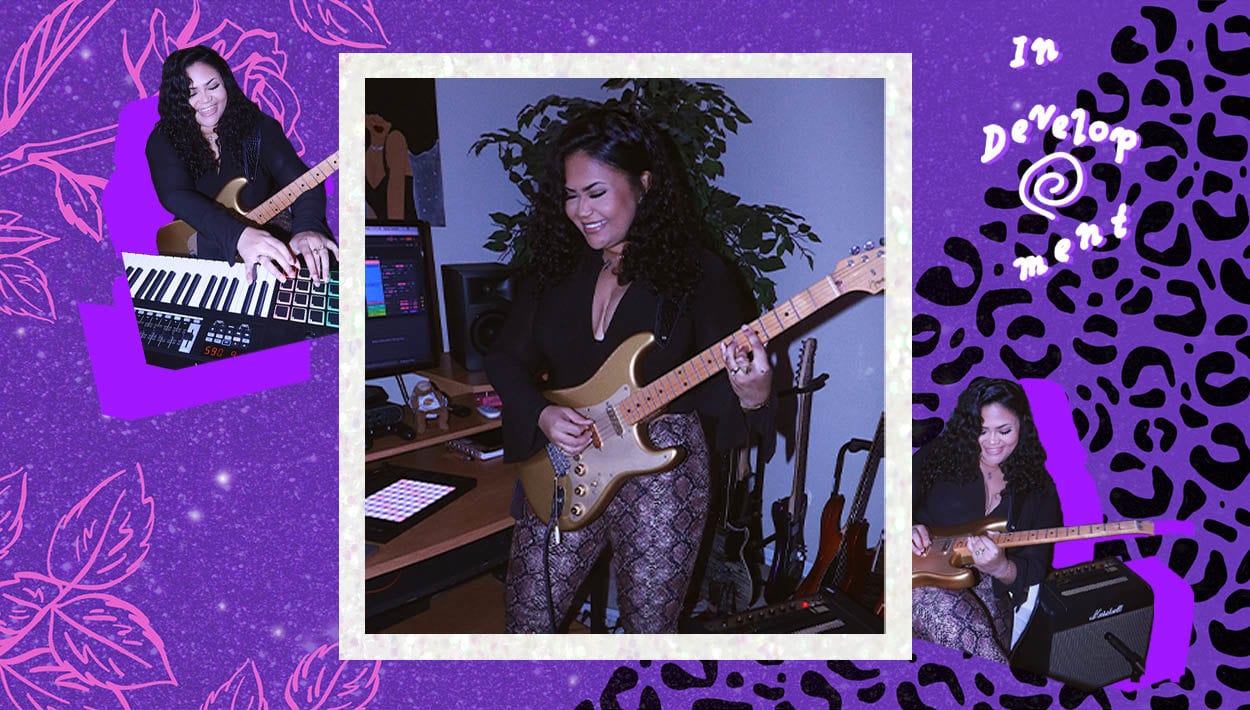
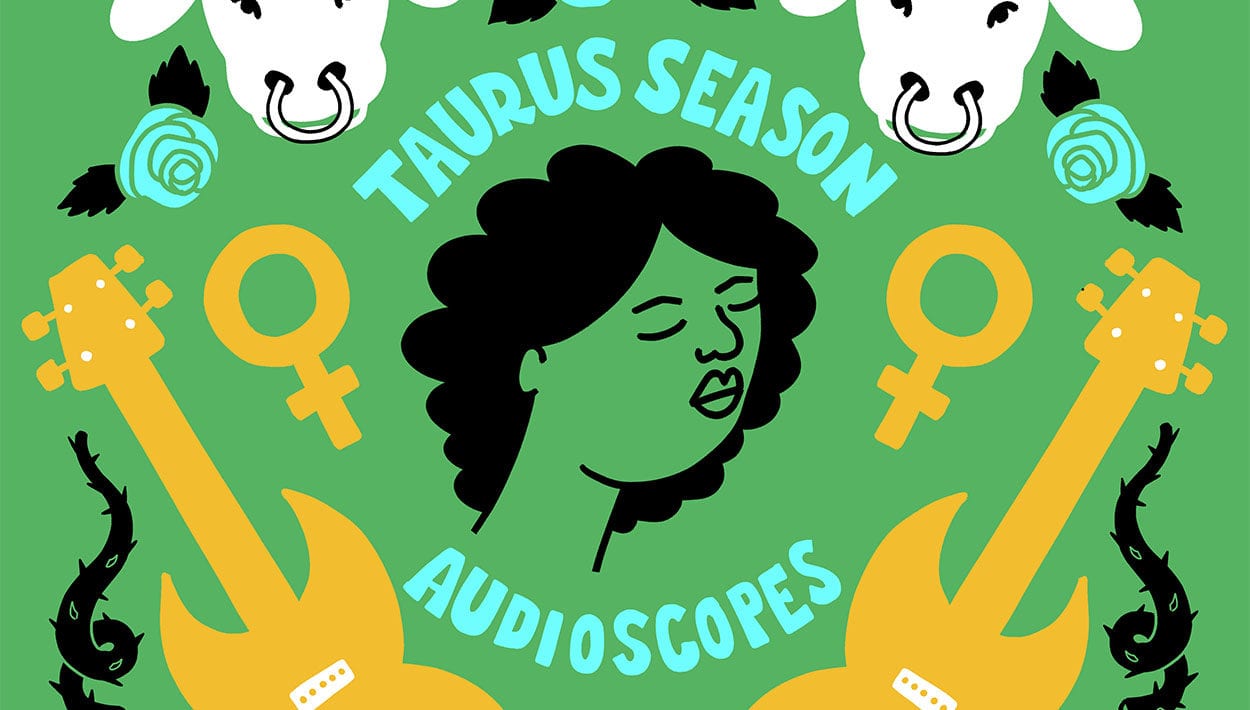


Comments
No comments yet